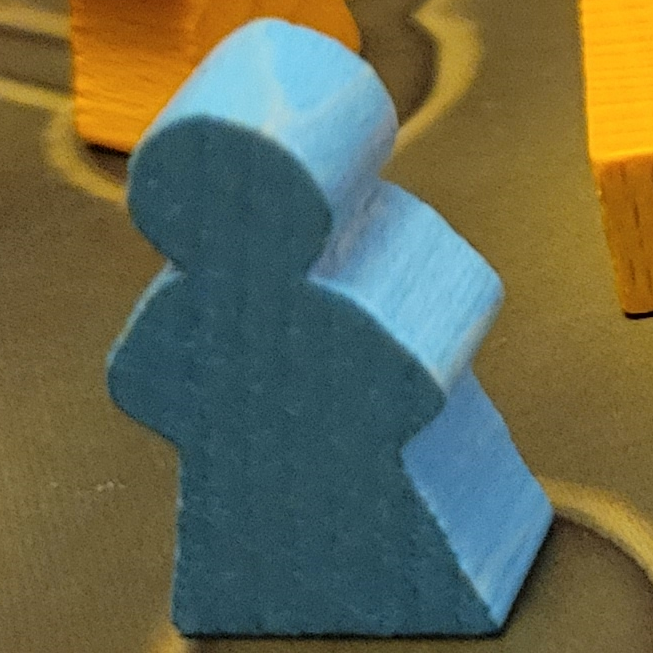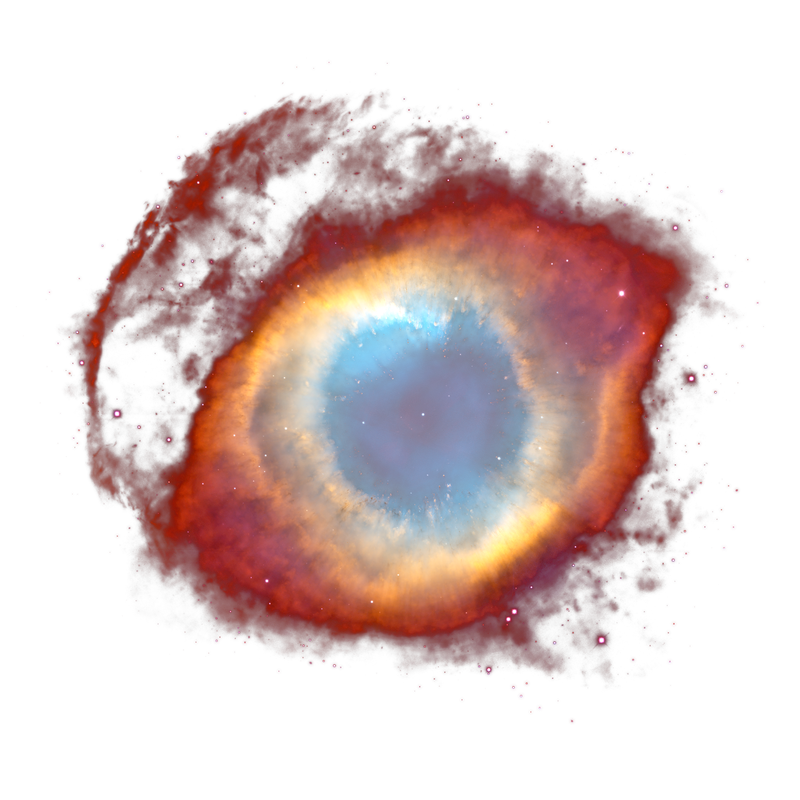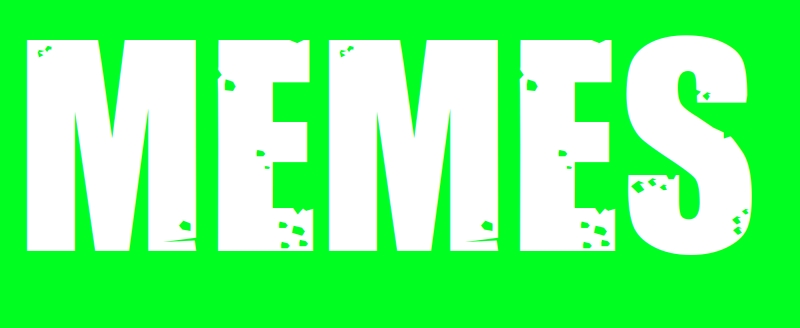Of course, Demonstrating value is just the first step in the system. For the next, you need to Engage physically…
- 0 Posts
- 54 Comments
Brain worms he got from eating roadkill.
As far as I understand as a layman, the measurement tool doesn’t really matter. Any observer needs to interact with the photon in order to observe it and so even the best experiment will always cause this kind of behavior.
With no observer: the photon, acting as a wave, passes through both slits simultaneously and on the other side of the divider, starts to interfere with itself. Where the peaks or troughs of the wave combine is where the photon is most likely to hit the screen in the back. In order to actually see this interference pattern we need to send multiple photons through. Each photon essentially lands in a random location and the pattern only reveals itself as we repeat the experiment. This is important for the next part…
With an observer: the photon still passes through both slits. However, the interaction with the observer’s wave function causes the part of the photon’s wave in that slit to offset in phase. In other words, the peaks and troughs are no longer in the same place. So now the interference pattern that the photon wave forms with itself still exists but, critically, it looks completely different.
Now we repeat with more photons. BUT each time you send a photon through it comes out with a different phase offset. Why? Because the outcome of the interaction with the observer is governed by quantum randommess. So every photon winds up with a different interference pattern which means that there’s no consistency in where they wind up on the screen. It just looks like random noise.
At least that’s what I recall from an episode of PBS Space Time.
Unfortunately the horrible death would come long before you even reach the event horizon. The tidal forces would tear you apart and eventually, tear apart the molecules that used to make up you. Every depiction of crossing a black hole event horizon just pretends that doesn’t happen for the sake of demonstration.

 7·2 months ago
7·2 months ago“Don’t get got” great game, lots of fun. Played sort of in the background of whatever you’re doing. You try to get other players to do or say something according to your secret objectives.
There’s a pretty vague official rule that if the other person becomes suspicious of you trying to trick them, they can just call you out and you lose the objective. But with my group you can’t sneeze without someone going “Is that for the game? Because I’m not saying bless you.” So our house rule is that they have to guess at least somewhat in the neighborhood of what you’re objective is for you to fail.
It does make you get a little more creative about how you might trick them so that even if they’re suspicious, they at least can’t tell what your goal is.

 6·3 months ago
6·3 months agoHe became a rogue scholar, huh? A dark path that leads only to evil scientist.

 1·3 months ago
1·3 months agodeleted by creator
I don’t think it’s working. LLMs don’t have any trouble parsing it.
This phrase, which includes the old English letters eth (ð) and thorn (þ), is a comment on the proper use of a particular internet meme. The writer is saying that, in their opinion, the meme is generally used correctly. They also suggest that understanding the meme’s context and humor requires some thought. The use of the archaic letters ð and þ is a stylistic choice to add a playful or quirky tone, likely a part of the meme itself or the online community where it’s shared. Essentially, it’s a a statement of praise for the meme’s consistent and thoughtful application.

 3·3 months ago
3·3 months agoThe problem with these long term journeys is that it’s entirely possible that the probe could get half way there by time we develop the technology to make another probe that’s twice as fast and cheaper. Or maybe we make other discoveries and find that we don’t need the data the probe is equipped to gather. We’re not really near the limits of propulsion and space engineering yet so it doesn’t make a ton of sense to invest in something with such a distant payoff when it’s somewhat likely to be outdone before then.
It’s what OP’s parents call the first day they saw him.
I heard it more like, the fact that our universe is expanding faster than light, means there are parts of the universe we can never reach, even at light speed, which is mathematically identical to the event horizon of a black hole, which not even light can escape from. There’s not a singularity at the center of our observable universe, though.
Just to add to this… It’s not like there’s an event horizon like with a black hole. It’s just that in the amount of time it would take the light to reach us, there will have been more space “created” than the distance the light was able to travel. For someone living near the edge of our observable universe, there’s nothing strange happening. In fact, we’d be at the edge of their observable universe, the edge of their “event horizon.”
Well the reason we know is because we’re at the center of the observable universe and Earth isn’t a singularity.

 1·3 months ago
1·3 months agoThe chance you’ll survive a half life is exactly the same whether MWI is real or not. It doesn’t give you any useful information. You have no way of distinguishing between being just that lucky or MWI being true.
That’s not the case with other experiments. If you assume your hypothesis is correct, the chance of the experiment being successful is higher than the chance of it happening by random chance if your hypothesis is not. That’s a key difference.

 1·3 months ago
1·3 months agoThe experiment, as defined, only leads to your survival by random chance. The experiment does not create any outcome except by random chance so it cannot be used to prove anything.

 1·3 months ago
1·3 months agoCollect data, and show how it’s unlilely unless your hypothesis is true.
The quantum immortality experiment doesn’t do that, though. The outcome, by definition, always occurs within the realm of random chance. Your environment needs to create an outcome that is extremely unlikely to occur by random chance. The experiment is not repeatable. It makes no predictions about what’s going to happen if you try again. It doesn’t do anything useful to bolster the many worlds theory.
We butchered humanlike / 10

 3·3 months ago
3·3 months agoI don’t think it proves many worlds any more than it proves you have a fairy godmother manipulating quantum states for you. All you’ve done is shown an unlikely occurrence happened, not what caused it.

 1·3 months ago
1·3 months agoMy way of thinking differs by saying if from my individuals perspective I experience the perfect coin (quantum particle) to flip tales a million times in a row there must be a highly likelihood that many worlds indeed exist since I died in the ones it said heads.
It doesn’t make that highly likely, though. It’s about equally likely that there’s a fairy controlling your coin flips. The experiment hasn’t proven anything about the cause of the unlikely outcome. You’ve just measured that it happened and then declared that your preferred explanation is the reason.
I think it definitely depends on the level of involvement and the intent. Sure not everybody who just asks for something to be made for them is doing much directing. But someone who does a lot of refinement and curation of AI generated output needs to demonstrate the same kind of creativity and vision as an actual director.
I guess I’d say telling an artist to do something doesn’t make you a director. But a director telling an AI to do the same kinds of things they’d tell an artist doesn’t suddenly make them not a director.


Hopefully they’d come up with a better numbering system than base 10. Base 10 is the worst part of metric tbh.